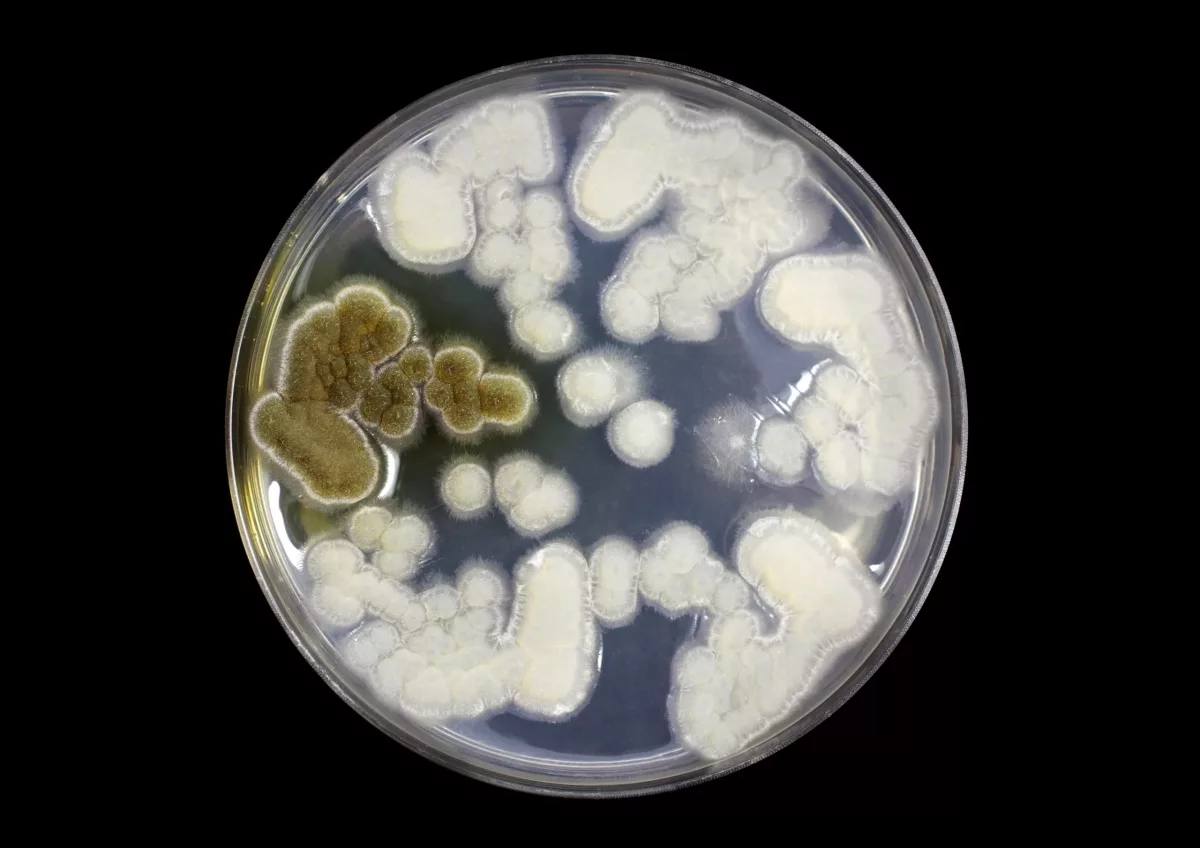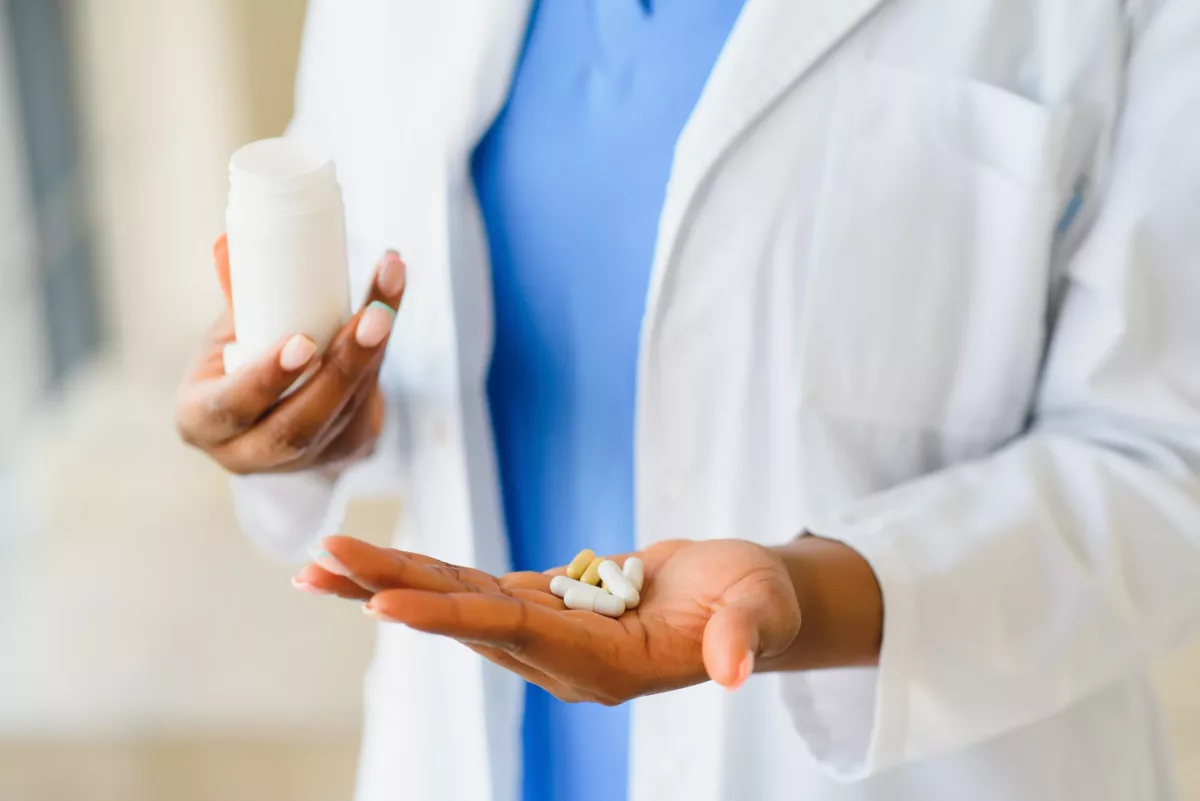A common fungal infection that affects the face or lips is called candida. It is caused by yeast, and the most common symptoms include an itchy and red rash on the face or white patches on the lips.
Sometimes, this condition is called cutaneous candidiasis. Generally, there are multiple types of yeast that live on the skin (including candida). Usually, in healthy people, these types of fungus do not cause any problems, but when an overgrowth of candida occurs, it may dig underneath the skin’s surface. As a result, it causes a rash or skin infection. Candida may appear anywhere on the surface of the skin (including the face and lips).
Furthermore, a yeast infection on the lips is a type of oral candidiasis (also known as oral thrush). Usually, this condition occurs when there is an overgrowth of candida in the mouth. It may also negatively affect the lips.
Symptoms
Usually, people with yeast infections on the face notice a rash with dry and scaly patches. Sometimes, these patches may crust over and ooze pus. Other people may experience a rash that looks similar to acne with pimples and small bumps. In more severe cases, the rash can be itchy, painful, or burning.
When the rash appears around the mouth or on the lips, you may have oral thrush. Check below for additional oral thrush symptoms:
- Soreness or redness on the corners of the mouth
- White patches on the lips
- Dry or cracked skin at the corners of the mouth
If you experience any of the previous symptoms, do not hesitate to see a doctor.
Causes
The primary cause of yeast infections on the face is a yeast called candida. It usually grows in moist and warm environments. Check below some conditions that allow the growth of Candida:
- Hyperhidrosis (excessive sweating)
- Certain antibiotics (this group of medicines usually destroys good bacteria that normally live in the body)
- Harsh facial products
- Hot or humid weather
- Poor hygiene
- Tight face masks that trap moisture
Moreover, candida develops more commonly in people with weakened immune systems. Check below some health conditions that may weaken your immune system:
- Cancer
- HIV/AIDS
- Diabetes
- Smoking
- Poor-fitting dentures
- Excessive lip licking
- Thumb sucking
- Some medicines (such as immunosuppressants)
- Corticosteroids
Risk Factors
Physicians have identified some factors that could increase your risk of developing candida. For example:
- Weakened immune system
- Chemotherapy
- Organ transplant medicines
- Certain antibiotics
- Excessive use of corticosteroids
- Pregnancy
- Diabetes
- Hormonal changes
- Smoking
- Dry mouth
- Nutritional deficiencies (including vitamin A, B6, and Iron)
- Sexually active people are more likely to get candida
- Oral contraceptives
This article may not contain all possible risk factors for candida. Talk with your doctor for more details.
What Are The Potential Complications of Candida?
People who ignore the symptoms and do not treat the condition may experience some unpleasant complications. Check below some examples:
- Invasive candidiasis (it happens when fungus enters the bloodstream and spreads to other organs, including the heart, brain, eyes, kidneys, bones, and joints)
- Endocarditis (this is a condition that causes inflammation of the inner lining of the heart)
- Meningitis – This is a life-threatening condition that causes inflammation of the membranes that surround the brain and spinal cord.
- Sepsis – This is a serious infection that causes damage to multiple organs. Without treatment, this condition is fatal.
- Organ-specific infections – These include pneumonia, osteomyelitis (bone infection), or joint infections.
- Other complications include pharyngeal candidiasis, esophageal candidiasis, and nail candidiasis.
How to Prevent Candida?
The best way to prevent a yeast infection on the face or lips is to keep the area clean and dry. Check below other tips that may also reduce the risk of candida:
- Practice good hygiene (such as regularly washing hands with soap and warm water)
- Wash your face every day
- Avoid harsh products
- When soap and water are not available, use a gentle cleanser on the face
- You can also use disposable face masks
- Clean your cloth face masks frequently
Diagnosis
Physicians usually diagnose this condition only by performing a physical examination of the face and lips. They may also ask some questions about the symptoms and medical history. If it is not clear whether you have a yeast infection or not, they may take a small sample of affected tissue for testing. Thereafter, doctors will look at the sample under a microscope to determine the type of fungus.
Treatment
Commonly, this infection is treated with antifungal medicines. If your skin on the face is sensitive, you should discuss it with your healthcare professional to treat the skin with care. Otherwise, you may experience some reactions to antifungal medicines that you would not notice anywhere on the body.
Usually, physicians recommend antifungal creams, lotions, or ointments. In mild cases, you can buy over-the-counter (OTC) medicines, but in more severe cases, doctors may prescribe a stronger antifungal medication. These include:
- Miconazole
- Terbinafine
- Clotrimazole
Furthermore, in severe cases, doctors may also recommend oral antifungal medicines (such as Fluconazole or Nystatin) and steroid creams to relieve the symptoms.
Home Remedies
There are some home remedies that may help get rid of candida. However, before trying them, consult with your doctor because there is no available research that may confirm they are effective and have no adverse reactions. Check below for some examples:
- Coconut oil
- Tea tree oil
- Ozonated olive oil
- Diluted apple cider vinegar
Frequently Asked Questions
What can I expect if I have a yeast infection on my face or lips?
In some cases, people get rid of candida by using home remedies and over-the-counter (OTC) antifungal medicines. If the symptoms do not improve within a few days, you should see a doctor. They often recommend oral antifungal medications (such as Nystatin or Fluconazole) and steroid creams.
How long does a yeast infection on my face or lips last?
Generally, the infections disappear within 1-2 weeks after you start the treatment with antifungal medications. If you do not notice any improvements after this period, you should see a doctor.
Can babies get yeast infections on their faces?
Usually, when your baby has red and patchy areas on the face, they have a type of yeast infection known as cradle cap or seborrheic dermatitis. Other symptoms of this condition include itching, burning, and raised bumps. Anyway, you should see a doctor for diagnosis and proper treatment. Ask your healthcare provider if you have additional questions.




